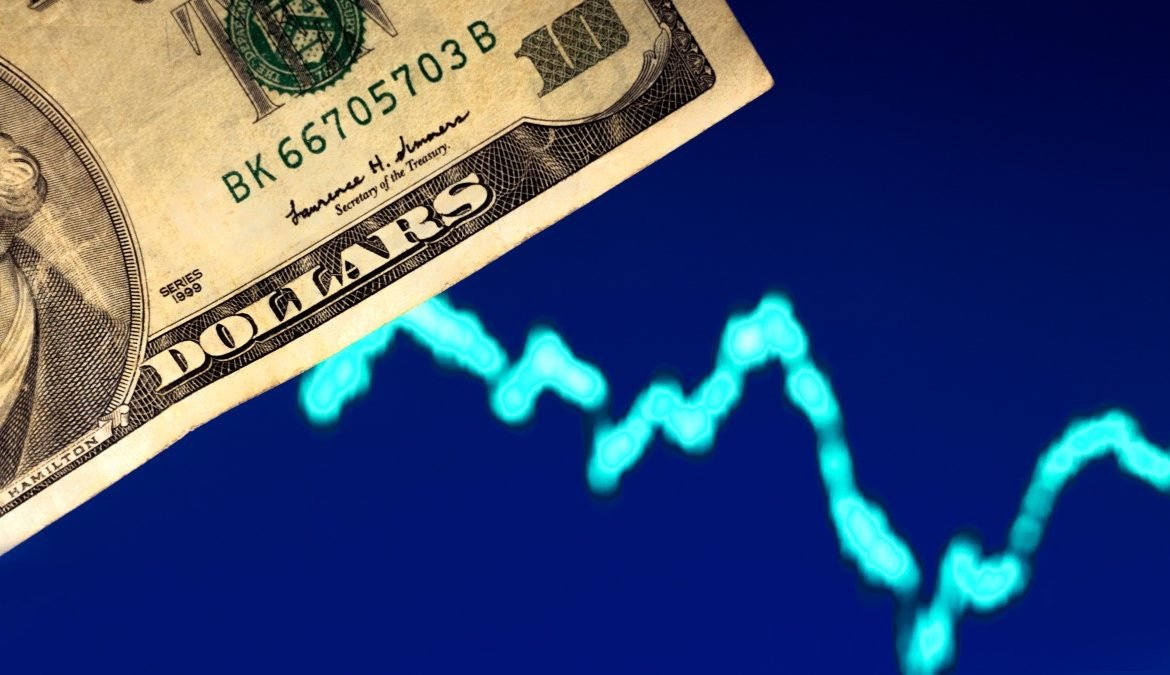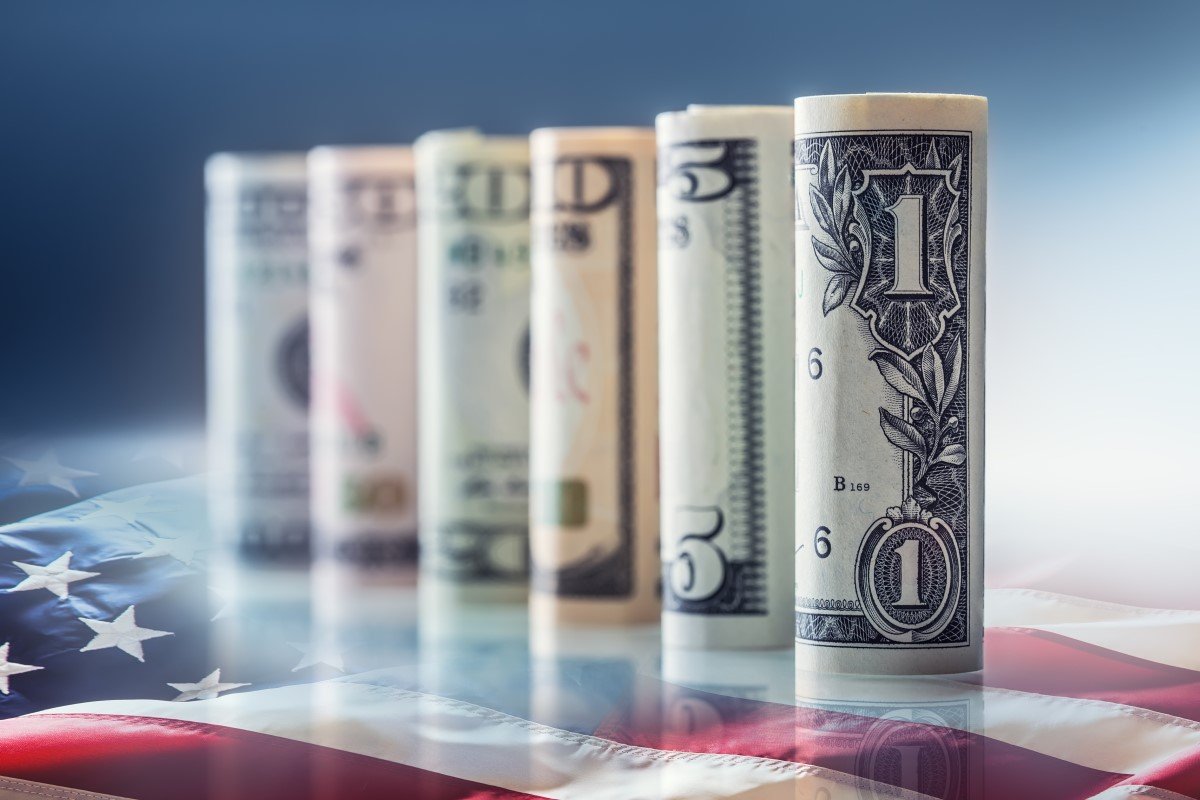Analysts are bearish on the United States dollar. New Zealand and Australian dollars fall on weak stock markets. Traders are waiting for non-farm payrolls.
Traders awaited key United States jobs data that can cast doubt on the strength of economic recovery from the coronavirus outbreak. Thus, on Friday, the United States dollar steadied against major currencies.
There was a sell-off in global stock market. Thus, it hurt currencies seen as a proxy for riskier trades. Thus, New Zealand and Australian dollars fell slightly.
The greenback managed to halt its recent slide. Nevertheless, analysts warn that sentiment is remaining weak because of the concern about the strength of the United States economic growth and the speculation that the Federal Reserve will most probably keep rates low for a long time.
Junichi Ishikawa works at IG Securities in Tokyo. He is a senior foreign-exchange strategist there. Thus, Ishikawa said that the United States dollar has rebounded against the euro. It might continue to rise a little further.
Dollar and Others
Nevertheless, Ishikawa’s central scenario is for the United States dollar to fall. Moreover, he thinks that yields will fall, and stocks will rise because the Federal Reserve will most probably stick with low-interest rates.
In Asia on Friday, the United States dollar stood at $1.1841 against the euro. It extended a pullback from a two-year low hit on Tuesday.
The British sterling bought $1.3269. Thus, it retreated from its highest level in almost a year because of a lack of progress in trade negotiations between the European Union and Britain.
The United States dollar was quoted at 0.9100 Swiss francs.
The United States dollar traded at 106.07 against the yen.
Data on later Friday will most probably show United States non-farm payrolls grew by 1.4 million in August. Thus, it will be slower than 1.763 million jobs created in the previous month.















